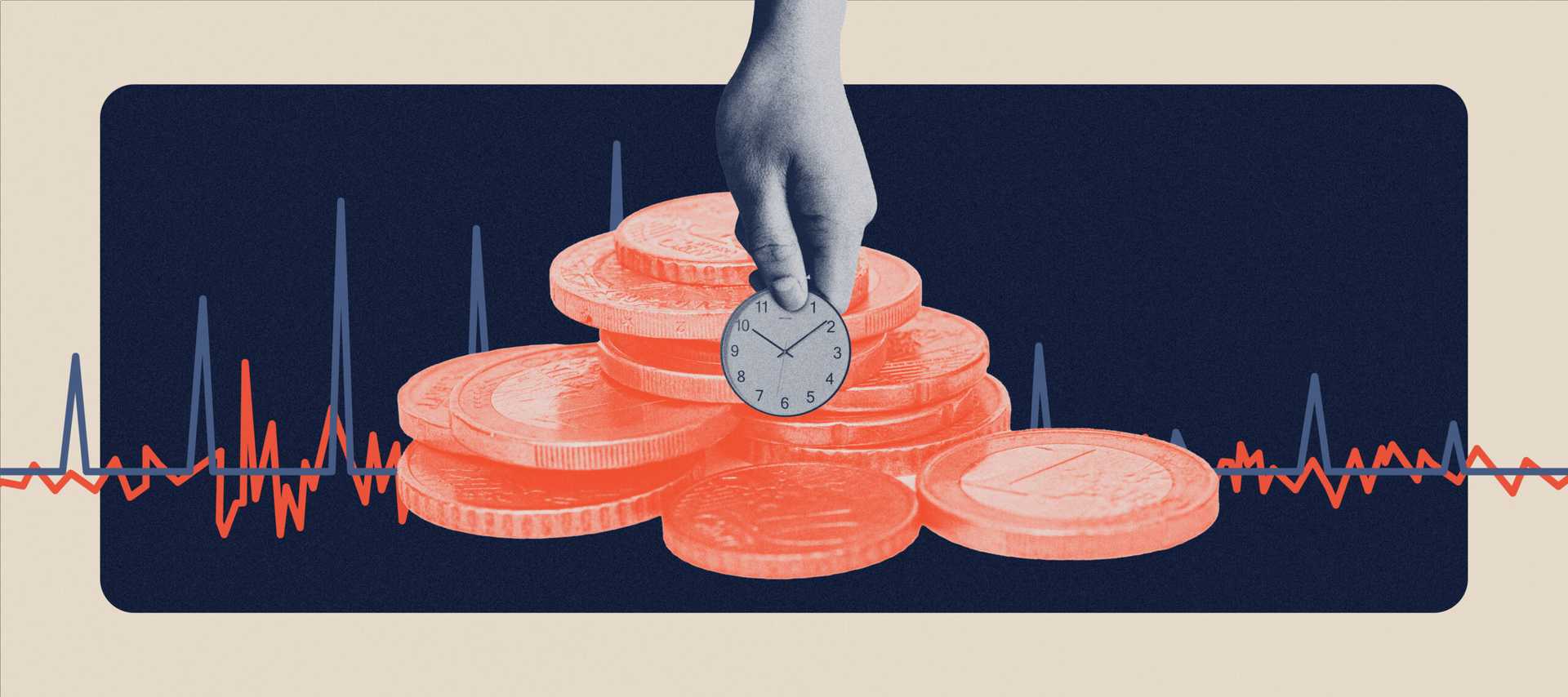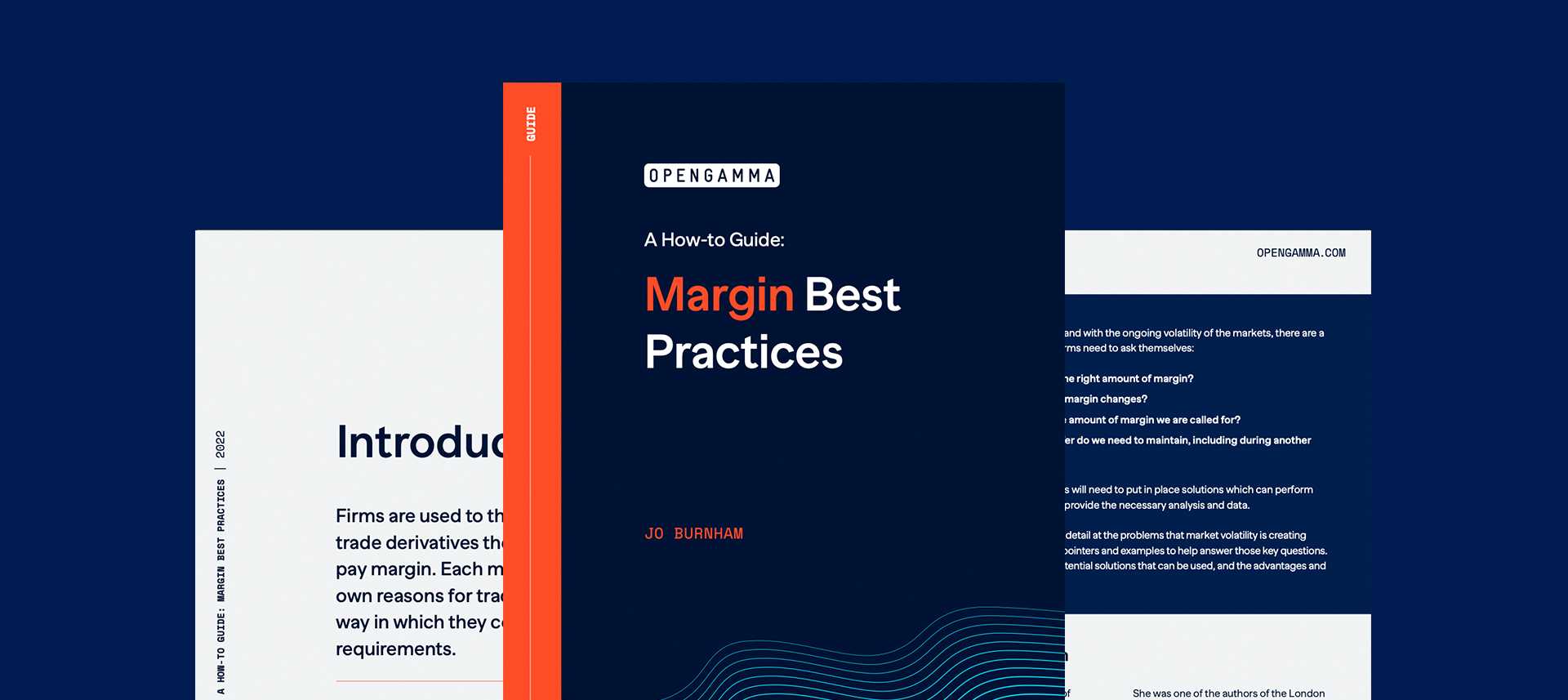September can be a busy month for futures traders. As one of the “quarterly” expiries it means that many market participants will be rolling their positions in order to maintain the same risk on their portfolio as contracts expire.
As rolling doesn’t significantly change the risk on a portfolio you would expect the margin to stay the same too. However, this often isn’t the case. We investigated this previously in our blog Why margin can double if you roll ETD contracts too early.This looked particularly at the level of liquidity and spread charges applied for different expiries. However, there are other quirks of the margin algorithms that can also impact the requirements that are calculated.
Changes in margin for an outright position
As most ETD contracts are still margined using SPAN, then it is worth considering the impact of rolling a position under this algorithm. The first part of the calculation is the Scanning Risk which looks at the impact of moves in underlying prices and volatility on potential losses. This varies by expiry, with front months generally incurring the highest margin. This means that when you roll an outright position the margin is likely to decrease, at least until expiry when the front month changes. The same would also be true for a VaR based algorithm such as Eurex Prisma.
But this is only true for a simple outright position. There are other parts of the margin calculation that can impact requirements when rolling in unexpected ways.
Changes in margin for a spread position
There are two different types of spread positions that need to be considered; spreads between different expiries in the same contract or spreads between different contracts.
For spreads between expiries, different rates generally apply depending on the expiry date. Rolling the position will change the spread charges, and it could be in an unpredictable way. Not only can the rate change, but also the way that spreads are formed – the assumption of which expiry is offsetting which. This complexity of the SPAN algorithm means that a very small change in position can result in a large change in margin requirement.
Where different products are determined to be correlated, then offsets will be calculated that reduce the overall margin. Similar rules apply for these spreads, where the expiry date can also be taken into account when determining any offsets that apply. Here, rolling a position to a new expiry date can impact not just the margin for that product, but also for other products within the portfolio.
Spot month charges can apply to products that are about to expire. These are to cover any additional risks that the CCP determines applies to these contracts, for example additional price volatility in the run up to expiry or known squeezes on the underlying deliverable. When a position is rolled these spot month charges will no longer apply.
Where liquidity charges are calculated, the level of these charges will be dependent on the open interest and traded volume in any given expiry. Over the roll period, initially the algorithms will take into account the fact that the open interest is in the front month, but as more positions are rolled this will move to the second month. The parameters applied, and therefore the level of margin calculated for a given size of position, will vary over time. There is an optimum point in terms of the liquidity charge that will apply for rolling positions.
Understanding the impact
Because of the complexity of the various margin algorithms, be they scenario based like SPAN or VaR based like Prisma, it is very difficult to predict the impact on margin requirements of rolling positions. And this becomes much more difficult if the positions to be rolled form part of a larger portfolio including spreads between different expiries and products.
The best way to predict the impact on margin is to have access to a What-if tool that can easily allow various adjustments to be made to the current portfolio to determine any change in requirements. This has two benefits:
- It can assist in determining the best time to roll, taking into account not just prices, trading activity and open interest, but also optimising the impact on margin.
- It allows the level of requirements following the position adjustment to be evaluated, thus ensuring that the correct funding is in place for the following day.




